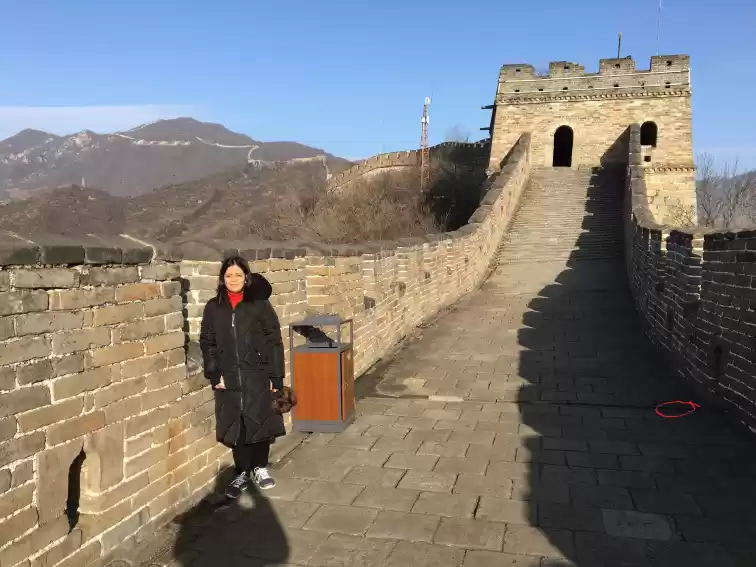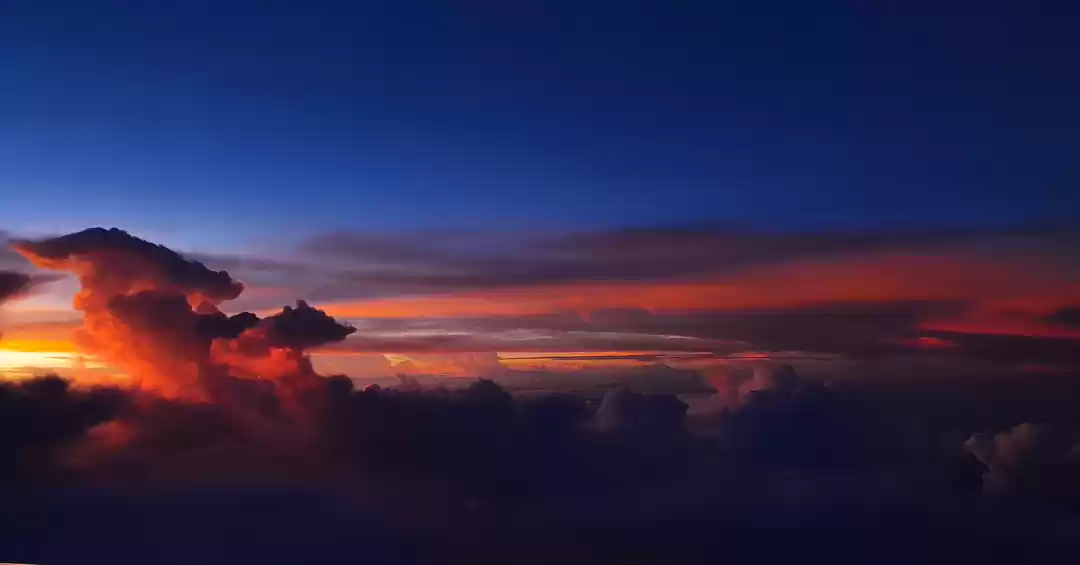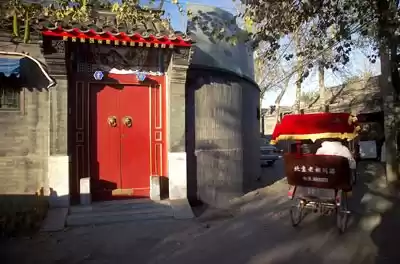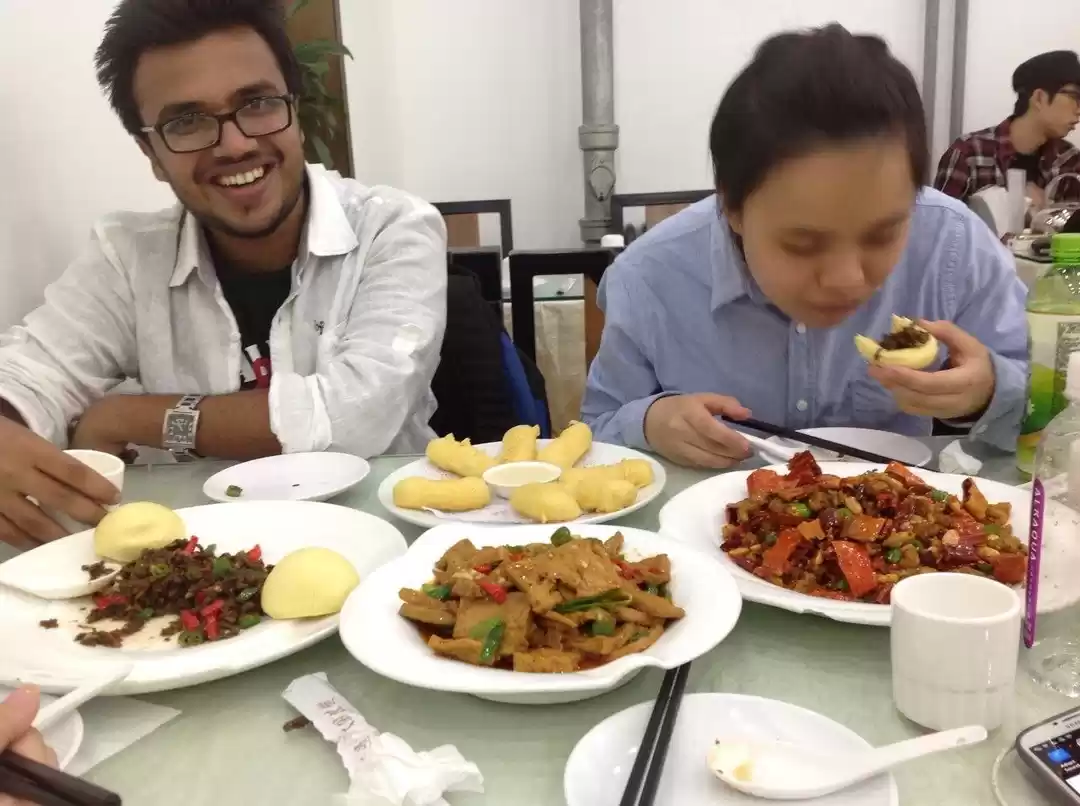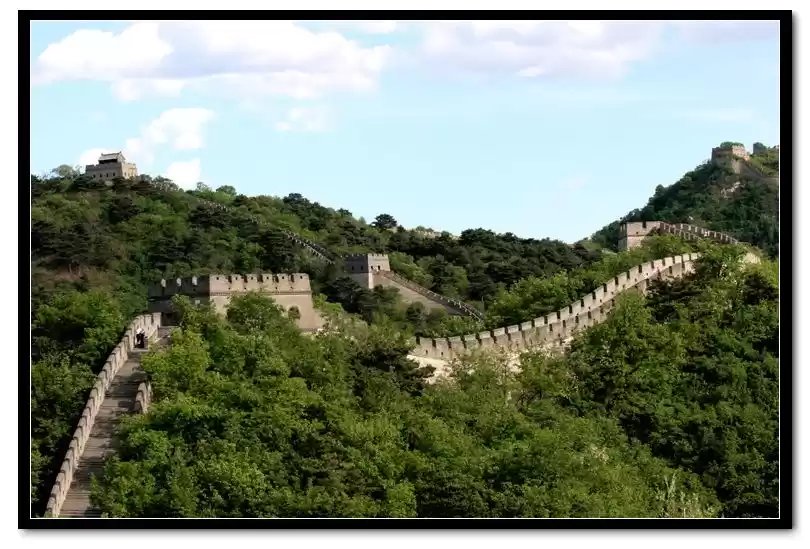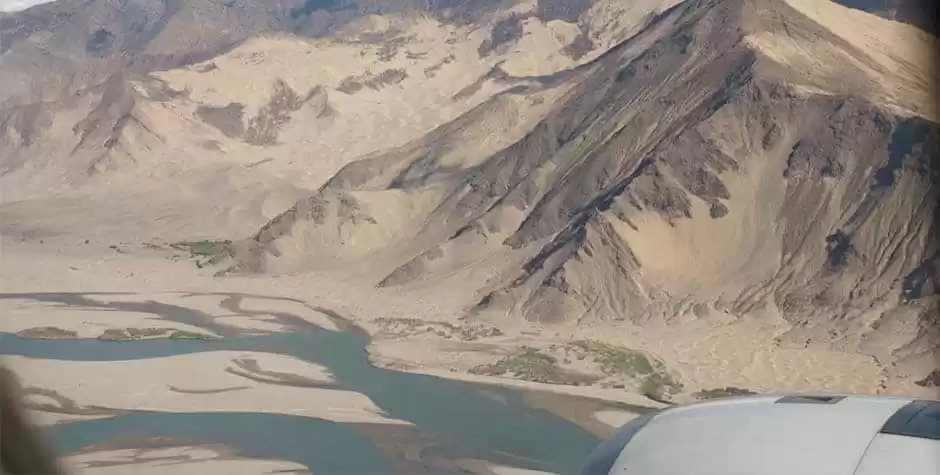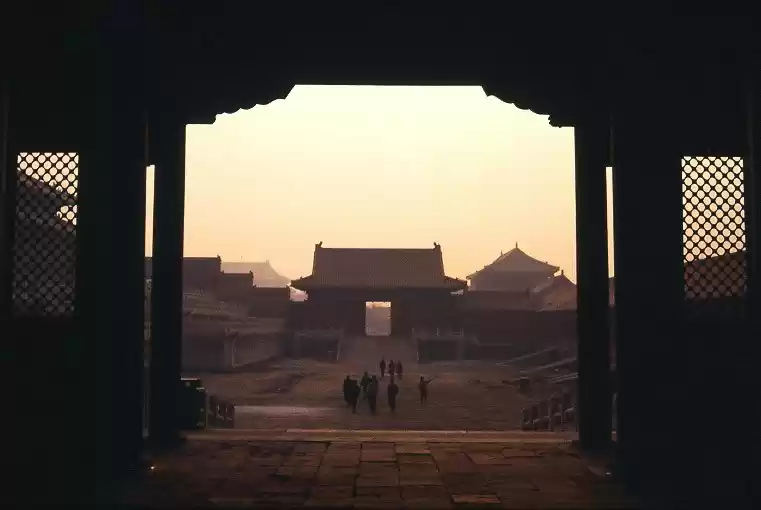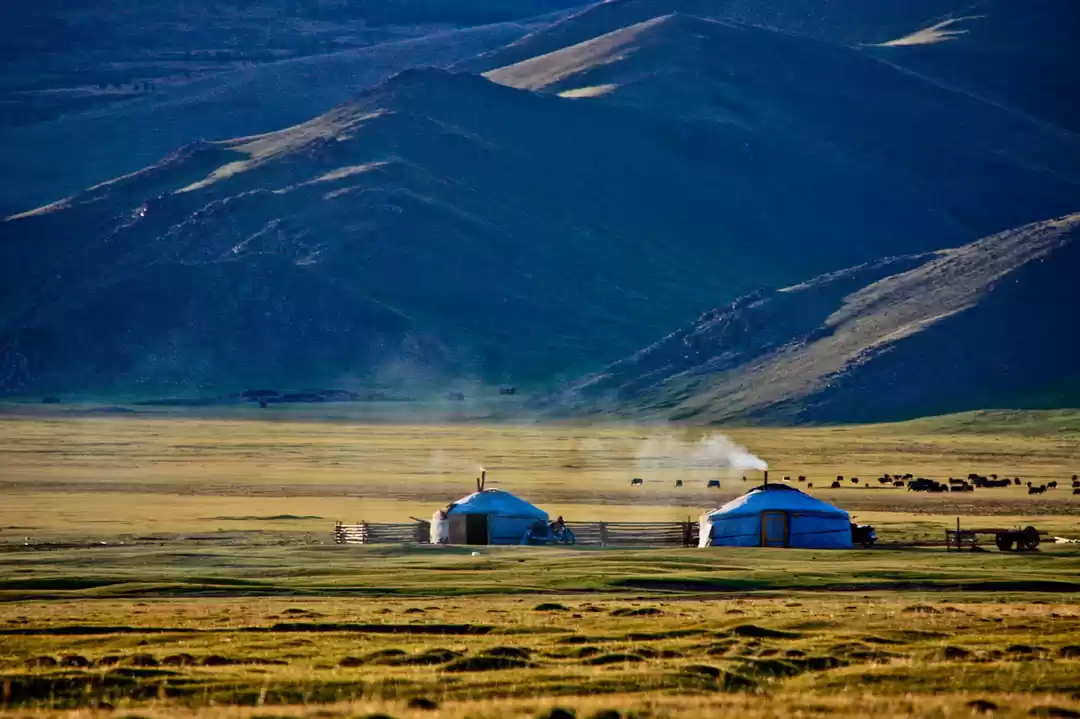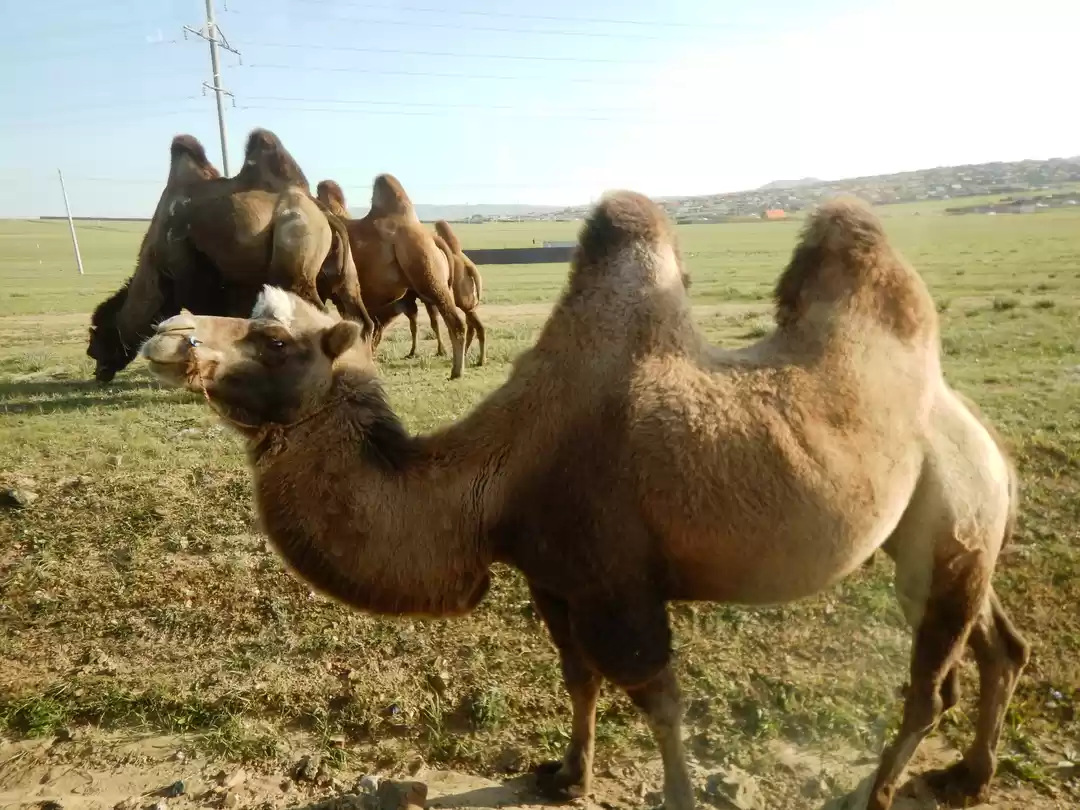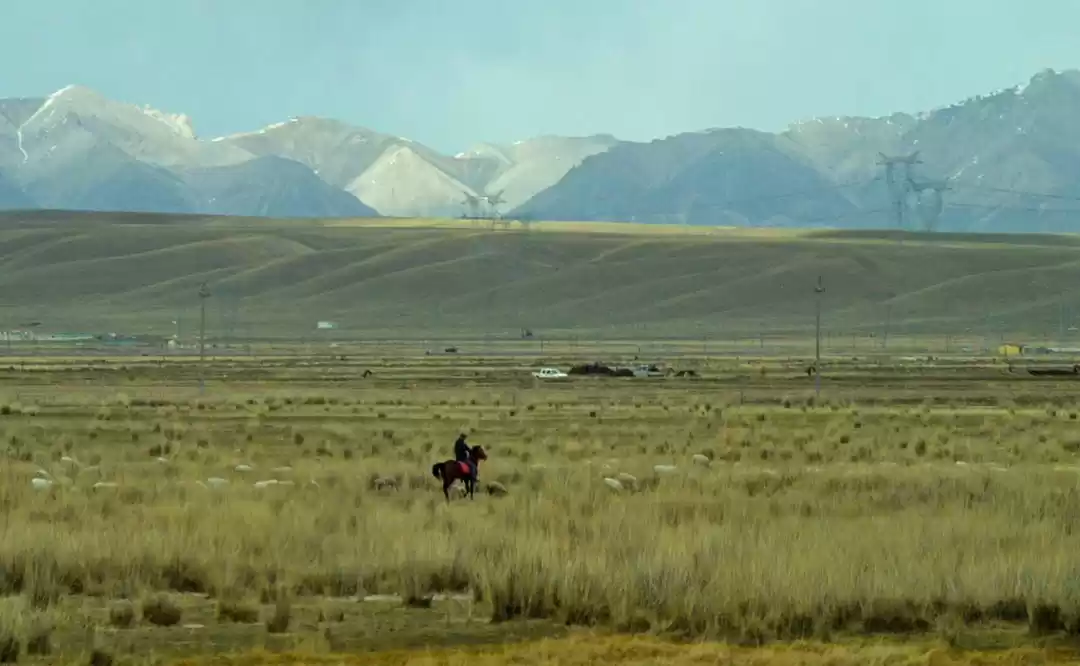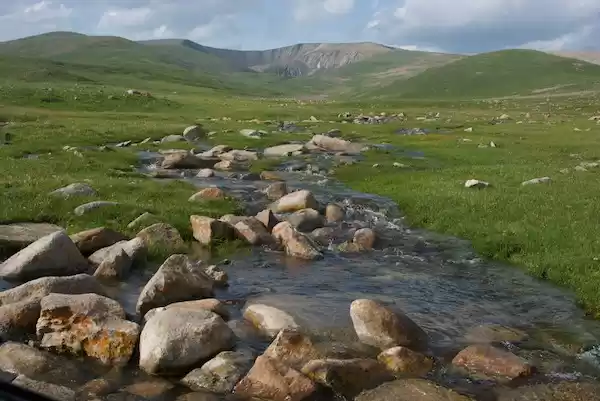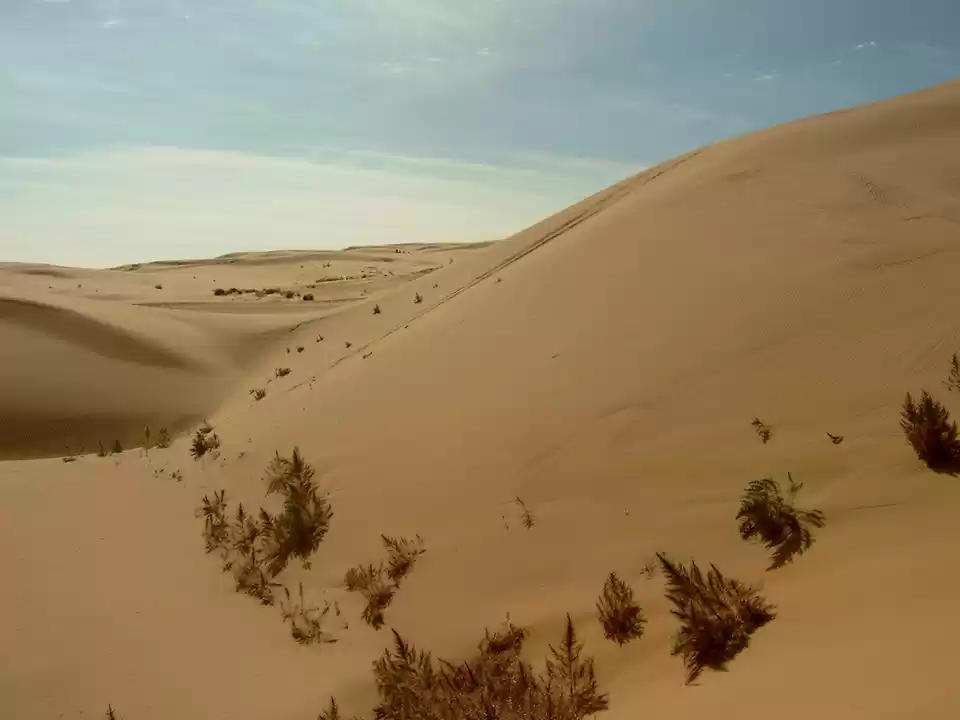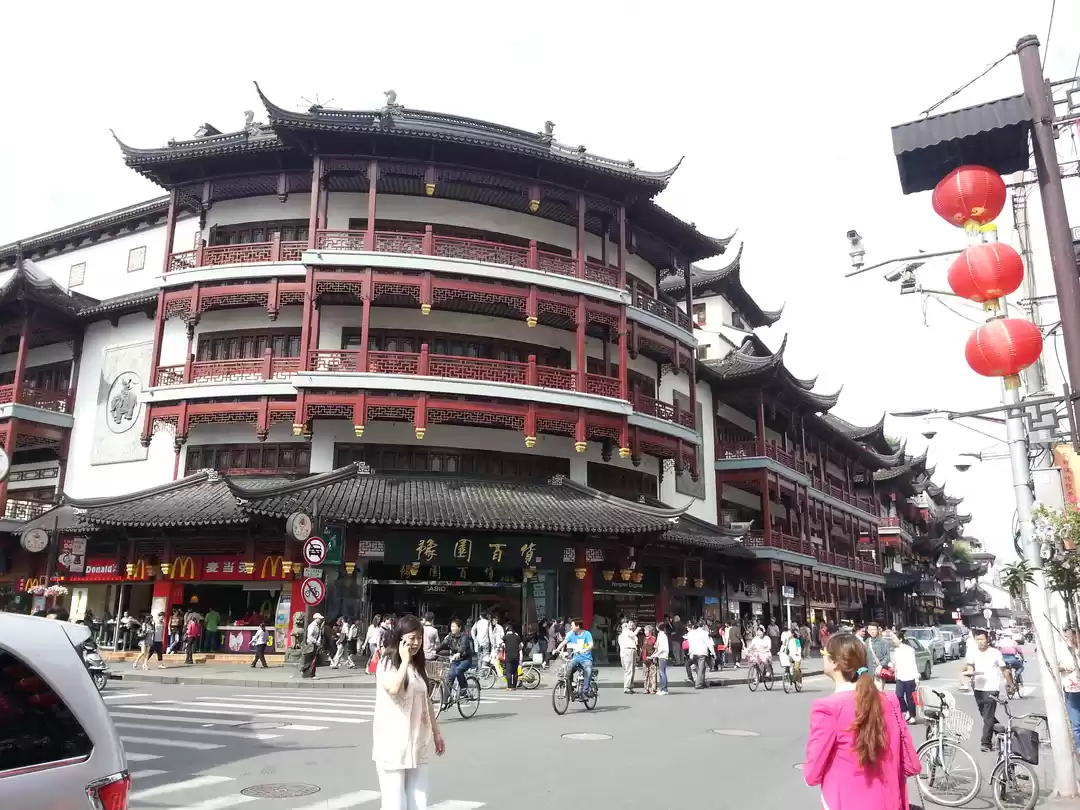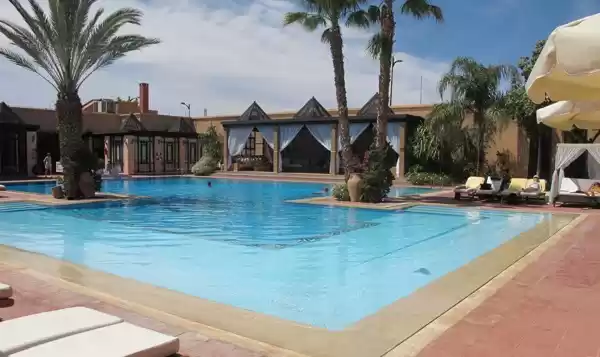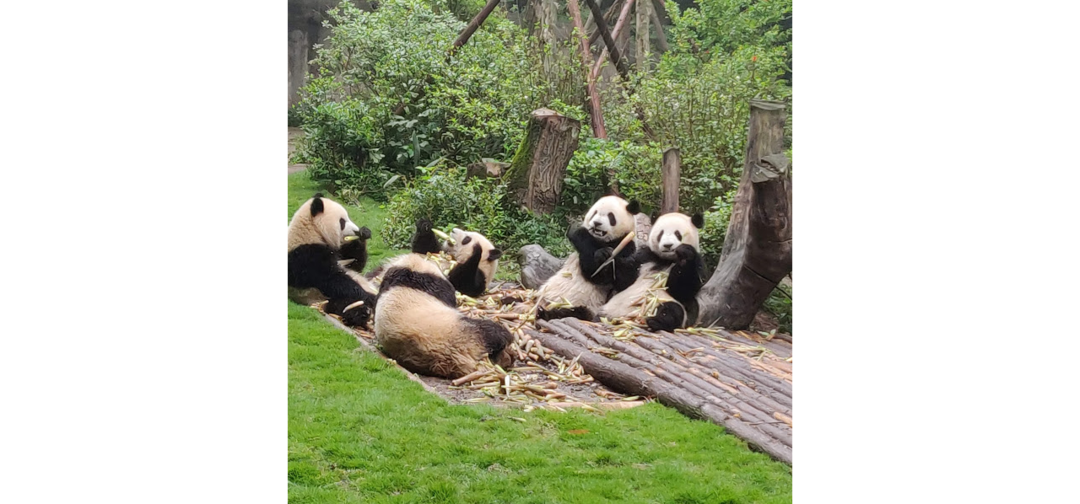
Day 7 - Tsetseg Nuur Basin
This morning, around the lake, I found an old horseshoe. The guide tells me that in Mongolia, finding a horseshoe brings good luck. A whitetail of the desert begins to sing, and its song is amplified by the silence. The hunt for the wolf of yesterday was not conclusive, even if we saw a new khulan and, for my part, placed a few meters from me, a sacred falcon.
We returned to the oasis this morning. In the oasis, I went ahead, looking for butterflies. We take the road again. We searched in vain for wild camels but saw a gazelle. We then drove into the Gobi B, much less terribly hostile than the unmistakable mineral desert of the Gobi A.
We arrive at the Ikhes lake, where we should find a colony of relic gulls. But the seagulls are not there. They may have moved to Tsetseg Nuur Basin, where we saw them. And we are entitled to a bath! Once we wash, I give all the guys a little cream for the face.
In the evening, we arrive at Har Us Nuur! We celebrate our observations with Mongolian vodka (which tears as much as the Chinese). In the evening, at the telescope, I look for the wolf and I find a saiga antelope. Mongols are burning dried cow dung at the entrance of their tent. This is their traditional mosquito repellent.
We are getting really tired. We sleep very little at night, outside the rock that hurts us everywhere, because we camp often late and get up early, at sunrise. We go to bed in the cold. The fine rain of the rainbow fall gently on our tents, and we fall asleep a few hundred meters from the gulls' relics.

Day 8 - Gobi B
We are on the border of China, near Tahiyn Shar Nuruu Mountain. We leave the Gobi B and return to the grassy steppes. Our road trip ended with a visit to Amarbayasgalant Monastery in Iven Valley, at the foot of Buren Khan Mountain. Back in Ulaanbaatar, we attended a Mongolian traditional dance and song show. It was a very beautiful and diversified show, with typical instruments and colorful costumes.
We took the opportunity to stroll the streets, go shopping and discover the main squares of the city. We found it rather pleasant and modern, sometimes even chic! The small town center is full of cashmere signs, whose clothes are designed locally. Many world cuisine restaurants are established, and prices are very affordable!
Tourists are rare and we are often stared at by Mongolians. Our driver invited us to his home for a lunch. We got to know his wife and his daughters! So it's time for sad goodbye. The hearts were a little tight, eyes a little wet. We want to come back. There is the East of Mongolia, the country of the wolves, and the North, that of the reindeer. It is time for us to fly to Xi'An in China.

Day 9 - Xi'an
We leave Xi'an, eager to reach the Gobi Desert, that old childhood dream. We see ourselves already camping on the silky crest of a pure grain, having admired fabulous sunsets over the topaz dunes. Thus, we abandon behind us all civilization and go headlong into the arms of this endless aridity.
After only a few dozen kilometers, we have the impression of having entered a new country. Mosques have gradually supplanted Buddhist monasteries. The aroma of grilled lamb meat has replaced those of Tibetan Pork. The headdresses have flourished among women and men alike. Good bread also begins to appear, which is far from displeasing us. Finally, the cities are now on a human scale. There are no more megacities.
From the first hours of our long journey, we come across an abandoned section of the Great Wall of China. Without hesitation, we have a photo shoot and strafe this indestructible wall of our objectives. Not very proud of the result, we meet a man explaining to us that it is only a long wall among others. It has nothing to do with the legendary wall.
Arriving at Shikong, the driver who drives us warns us. From here we enter the Gobi desert and watch out for those who stray too far from the road. We agree, thank him and go. Very quickly, we see the first sand dunes which, being imposing, do not fail to make us sketch an emotional smile.
We continue on our way and climb a road that takes a short stretch of highway. The sky is congested and, at a speed of nearly 100 km/h, the driver releases his steering wheel several times. He wants to immortalize with the help of his smartphone a highlight of our common ride, a moon rabbit.
The rest of the journey will, however, be without danger. We leave the comfort of the main axis and now travel on the national G312, parallel to the highway still under construction. We do some spikes at 15km/h, which would almost disguise us. Several hundreds of chaotic kilometers make us change position constantly.
After sleeping in fields of wheat and corn, we make a second stop for one night at a gas station to enjoy the amenities. A long time ago, travelers and their camels rested in the caravanserais. Nowadays, backpackers in need of adventure stay in the rest areas and connect to the wifi in the middle of the desert.
In this desolate and gloomy resort, the staff cannot do enough for us. In the space of a few minutes, we sympathize with the few employees, from the sweeper to the big boss. We are smiled, we are made to smoke and especially we are invited to spend the night away from a violent storm.
From the first gusts of wind, as we were preparing to pitch the tent, a man comes to pick us up and gives us the keys of a room of the only hotel of the motorway complex, still closed to the public. The storm breaks out, and we narrowly evade the wrath of heaven. Once again, we feel lucky to have been picked up by a man with a big heart.
Day 10 - Zhangye
We continue our adventure along the Silk Road, and after camping near the multicolored rocks of Zhangye, we start to trek again. Even in the middle of nowhere, few Chinese people stop to take a picture of us. We get used to playing the superstars and already know that the return to anonymity will be brutal, though.
Helped by powerful 4x4s and some hopelessly slow semi-trailers, we manage to nibble a few hundred more kilometers on the Gobi Desert. Most often, we are transported by pleasant road and a few good souls offer us a cigarette. We reach Jiayuguan and for once we decide not to miss the few tourist attractions. The Great Wall of China is close!
We start our walk in Jiayuguan through the fort, rather nice and well renovated, which offers a nice view of the surrounding mountains. We then go to the Great Wall. This part of the wall is far from equaling its rival near Beijing. Nearly 700 years ago, under the reign of the Ming Dynasty, strong walls were built to protect the Middle Kingdom from barbarian invasions.
Finally, it is time for us to enjoy the pleasures of the deep desert, the one that we imagine inviolate for millennia. An impassable beach without a tablecloth, resplendent under a hot sun. If the heat is good, we remain a little on our hunger. After 250km of dust, of stones on a sordid and sinister track, we arrive late to Dunhuang.
We decide to walk towards the erg and hope to reach the many peaks. The worry is that an airport is blocking the road, forcing us to walk for several hours around it. Although traveling light has become a priority, we are exhausted without gaining ground. We end up giving up.
Tonight, we will not sleep on these impassible and immutable dunes that proudly, rise to the sky. Yet near the graves of an age-old cemetery that watches over the souls of an invincible people, we go upstairs. Under a light evening wind, we let the sun go through the last hours of the day and see at a distance these amber hills that we will never reach.
Dreams of discoveries multiply as each great journey takes place. It would take several lives to realize only one part, proudly ticking one by one on a list these alluring achievements. I must admit that I was initially disappointed not to be able to bivouac between two dunes, as I could do in the Sahara Desert or the Namib.
However, after a good night's rest and reflection, I thought it might be better. We touched with the fingertips the reliefs of the Gobi desert, without having access to it. I will carefully preserve this unfinished dream in my heart. There are times that are priceless in this camp cut off from the rest of the world, under this luminous moon and in this soothing wind. The bivouac is a luxury that makes it hard to tolerate, later, the nights in palaces.
Day 11 - Xingxing Xia
We wake up gently, after a peaceful night in the tent as soon as the sun appears. We resume the course of our road trip. A handful of extreme drivers are slowly transporting us through the void. The bitumen melts, sticking to the soles of my flip-flops. Our skins crackle, our lips burst, our eyes clink under the evil glare of the sun's rays. We roast deliciously.
We cross the first caravanserai of our long route but are forced to admire it from the outside. As everywhere in China, it is especially overpriced. The mere sight of the stones marked by history gives us a little balm to the heart, while we peck a few sunflower seeds.
Luckily, we manage to reconnect with the G30 highway, on which we now fly at full speed. The landscapes are metamorphosed at an incredible speed. There are golden dunes, snow-capped mountains, and rocky hills of ebony black.
We sleep one more night on the highway, to Xingxing Xia. The staff cuts themselves in four to welcome us with the utmost care. We take advantage of this break to refresh ourselves as we can to remove the sand accumulated in our backpacks. We connect on social networks to have news. The meal will be as devastating as the rest. More than ever, the cook had a heavy hand on the pepper. We rest our chopsticks in our dish of sauteed noodles and manchurian.
Finally, in the evening, we decided to pitch the tent a little behind, so as not to hear the noise of engines and horns at night. Once again, we are thinking of the caravans that were making the same journey to Antioch. The myth of the old Silk Road is over. We have to face the facts.
Gigantic electric pylons have bloomed over a thousand kilometers. A railroad now adjoins three paved tracks, and a ballet of concrete mixers ceaselessly face the perpetual calm of the Gobi desert. However, we enjoy this trip as if it was our first trip. Here, all the landmarks differ from those we knew. We go forward every day eager to discover more and we are already grateful for all this path already traveled. What could we complain about?
Every journey changes us. Every journey, in essence, is a little initiatory. This one may be a little more than the others. I will have in the heart and in the head these immense spaces, the drum roll of the lamas, and the quick amble of the last wild camels.


